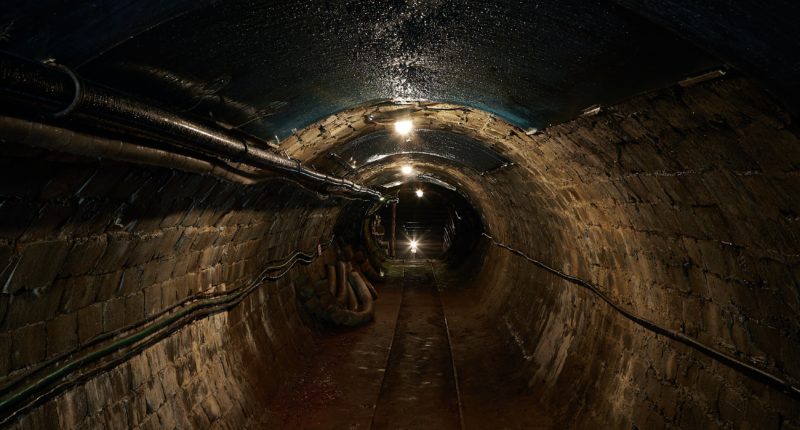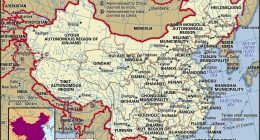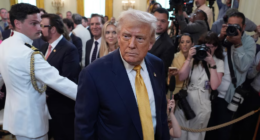Cobalt was named after German ‘kobolds’ or goblins for its tendency to smelt poorly and release toxic fumes. Miners despised the ore and its dangers. Today, it has departed from that negative connotation and catalyzed one of the largest rushes in modern history. The whole world is competing for cobalt.
It doesn’t help that the metal’s vast majority is incredibly localized in terms of accessibility. Most countries are fighting for shares of the mineral within the Democratic Republic of Congo (DRC). This has led to the exploitation of its people and resources.
The DRC has most of the world’s cobalt reserves due to their industrial and geological history. Early Earth was largely composed of iron, silicon, magnesium and various derivatives. This being a very limited selection, many of the minerals we presently enjoy must have originated elsewhere.
Asteroids tend to be more rich with metals, including many precious varieties such as gold, platinum, and most importantly cobalt. Significant asteroid collisions with Earth lead to mass deposits of specific minerals surrounding the impact sites. It’s very possible that such a collision occurred, causing the DRC’s abnormally high cobalt concentration. Due to continental drift, this event likely occurred elsewhere on the Earth and was shifted to the country’s modern location over time.
Though Congo mines nearly 70 percent of the world’s cobalt, it’s probable that the mineral is more evenly distributed across the world than this statistic implies.
There is an important distinction to be made between resources and reserves. Resources are any mineral concentrations, either discovered or undiscovered, that can theoretically be mined. Reserves, on the other hand, are solely the discovered resources that can be tapped in the present while generating a profit. Congo has two thirds of the world’s cobalt reserves. It is unlikely that they also have two thirds of the world’s cobalt resources.
One reason that so many cobalt reserves are located in the DRC is that its residents have been mining copper since the fourth century. Currently, they are the largest copper producer in Africa. The DRC’s lengthy history of copper mining was additionally building the framework for diversifying into mining cobalt. In fact, most cobalt is found in deposits of either copper or nickel.
Cobalt was, for a long time, classified as a by-product of the DRC’s copper mining operations. Only recently has its demand skyrocketed, coinciding with the development of lithium-ion batteries. These rechargeable batteries are used in every aspect of daily life from phones to cars.
Electric vehicles are particularly intensive, accounting for almost 25 percent of the global cobalt demand. In 2020, Tesla began dealing with Glencore, a widely criticized natural resource company, planning to import up to six thousand tons of cobalt from their Congolese mines every year.
Tesla has stated that it hopes to phase out cobalt from its batteries. There are many concerns regarding the treatment of cobalt miners in Congo such as their pay, hours, and safety. Employees have even reported racially motivated violence at certain sites.
Another motivator for Tesla to avoid cobalt is its increasing price. Regardless, the demand for cobalt is still skyrocketing and Tesla’s recent dealings with Glencore indicate that cobalt has some role in their future plans.
At present, cobalt is essential for the lithium-ion batteries used in electric vehicles. Not only does it increase the maximum energy that a battery can contain, but it reduces overheating and prolongs that battery’s lifespan. This improved battery life is especially important for electric cars which are graded to last multiple years.
Many countries recognize how pivotal cobalt is for catalyzing a clean energy revolution and are desperately trying to cut deals with the DRC. Currently, China owns a vast majority of the nation’s cobalt mines. 15 out of the 19 major mining sites in Congo were recently backed by Chinese investors, accounting for nearly 80 percent of all operations. Two of the remaining four locations are run by Glencore, which is based in Switzerland.
In 2016, the American company Freeport-McMoRan sold its own Congolese mine to a Chinese enterprise. This marked the end of significant US involvement in the country’s cobalt mining industry.
The US has finally realized its mistake in neglecting cobalt. In March of 2022, President Biden gave an executive order to prioritize electric vehicles and focus on the minerals needed to construct them. Naturally, this includes cobalt. This is again reiterated in his 9 key elements for a clean energy revolution; his administration aims to transition towards electrical appliances.
Though China currently monopolizes Congolese cobalt, the US may soon have a chance to regain access. President Felix Tshisekedi of the DRC wishes to renegotiate many Chinese mining contracts on the grounds that they are unfair to his nation’s people. Recently, the DRC temporarily suspended the shares of China Molybdenum: a Chinese mining giant.
The DRC rightfully wants to regain control over its own natural resources. If China is unwilling to cooperate, the US may have a chance to build positive relations with Congo in their stead.
Cobalt is the future of green energy.










Comments are closed.